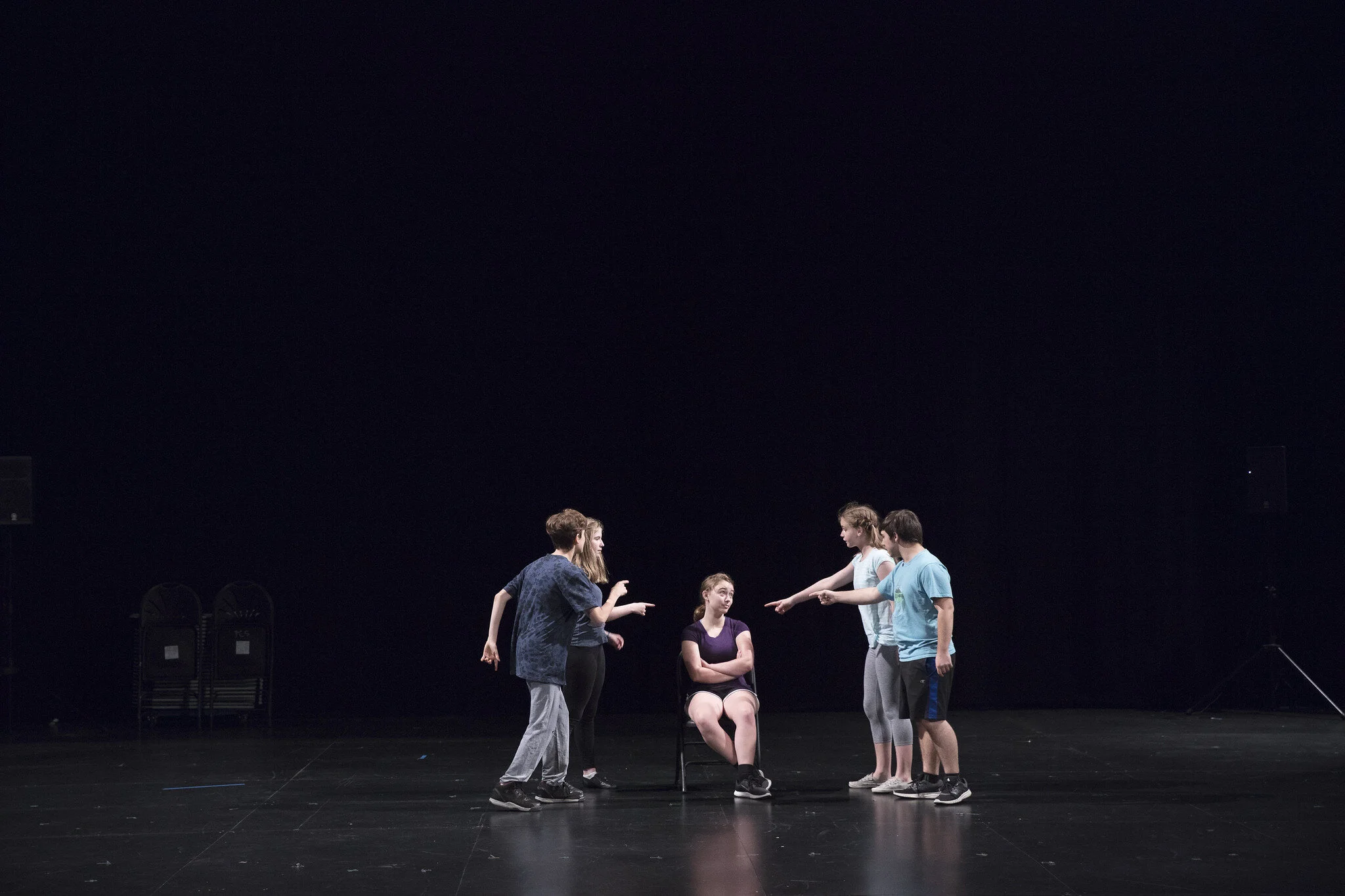Community Engagement Programs with High Artist Involvement
March 2022
This article is related to a recently completed custom research project ABA conducted on behalf of an orchestra member. Our research team is always delighted to speak with members about tailoring research projects to your organization. To learn more or submit a custom research request, simply contact your member advisor or email us at info@advisoryarts.com
Although community engagement and education work has always been a longstanding commitment for arts organizations, the pandemic has only further elucidated the importance of arts organizations in working and building connecting relationships with their communities. Traditionally many arts organizations rely on a plug-and-play model, where the organization creates the community program and artists are then siphoned into already formed programs. Although this method may be the most efficient path in starting up community programs with professional artists who already have full commitments, involved artists may not feel inherently connected or engaged to the program, leading to a lack in program impact.
In an effort to address the disconnect between the involved artist and community population that the arts organization works with, some arts organizations are finding clever ways to involve their artists more in the project timeline, whether this means inviting artists more into the conversation of developing a new community program and its goals, or even creating new roles for artists who split their time between community work and regular performing with the arts organizations.
ABA interviewed a variety of arts organizations, granting institutions, incubators, and fellowship programs to understand better how they involved their artists more intentionally in community engagement programs and other general best practices in building meaningful community engagement programs. Across our interviewees, those institutions consistently relied on artists to execute and control the artistic output while staff handled logistical organization. The biggest difference in the amount of artist involvement comes at the time of project identification, creation, and development.
As arts organizations approach a more artist-led model in creating and sustaining community engagement programs, we’ve discovered 4 trade-off questions to be mindful of. Below we outline these trade-off questions and mention key mitigation strategies arts organizations can apply to help resolve these tradeoffs:
Question 1: How should arts organizations balance the needs of artists, the community, and the organization in new community engagement programs?
Although having artists pipe in with their own interests in projects will result in more artist excitement and dedication, these interests may conflict with community needs and/or with the organization’s own strategy.
Mitigation Strategy #1: Start from the community and involve artists in these conversations.
Mitigation Strategy #2: Co-identify key community partners steeped in relevant social impact work with your artists
Mitigation Strategy #3: Determine guiding internal principles in your organization around artist-led community programs
Question 2: What can we do to make sure artists involved in community engagement have the skills to succeed?
Three distinct skillsets are required for success – artistic, organizational, and past community experience. Relatively few – if any – artists spike in all three. The more skills required, the smaller the pool of potential artists to do meaningful leadership in community programs. But the fewer skills required, the more support the organization must provide.
Mitigation Strategy #1: Choose candidates who have prior community experience and involve external support in enabling this work if needed.
Mitigation Strategy #2: Prioritize candidates on soft skills relevant to community work. Then, mature the project proposal with the artist.
Mitigation Strategy #3: Stay in continuous conversation with artists to determine areas of professional development and skill-building.
Question 3: What community engagement value proposition is most likely to excite and engage artists?
Artists often have several interests and like the flexibility to work on different projects, last but not least their normal performing schedule. They may fear that greater commitment in a community program would limit their flexibility, especially if there is no track record for this type of involvement.
Mitigation Strategy #1: Build project momentum with project champions.
Mitigation Strategy #2: Use peer discussions and artist pairings to build camaraderie for future artists who want to do the same work.
Mitigation Strategy #3: Clearly define time commitment and fairly compensate artists for their work in the community.
Question 4: How should arts organizations measure and track impact around community engagement programs?
To ensure continued funding, organizations must find simple ways to consistently track and measure the impact of the programs, and only measure metrics that will be helpful for decision-making in the long-term.
Mitigation Strategy #1: As soon as possible, define the goals and outcomes of the community work with both artists and partners, but be flexible over time.
Mitigation Strategy #2: Walk away from funders whose requests are different from what your program seeks to accomplish.






